I grew up in two places: Oklahoma and Minnesota. In Oklahoma we lived on a short hill above a creek, and I’d often seek out that creek to play in. It provided wonder and an opportunity to be imaginative that my office with its acoustical ceiling tile today rarely provides.
In Minnesota I lived on a lake. I never sought out the cul-de-sac out front, the lawn by the front door or even my mother’s garden or the calm water down the hill beyond the trees. No, some of my most powerful memories are from the borders between the more sterile places of lawn and lake — at the bottom of maples and birches that created a cathedral of dappled light as my feet were washed in the dust of leaves, snakes and mushrooms.
For a child the greatest places of creativity and discovery are in the margins of what adults value most in landscapes. And while those places may seem unpredictable and rife with danger to us, they’re a true place of becoming human and connected to the world for kids who are learning who they are.
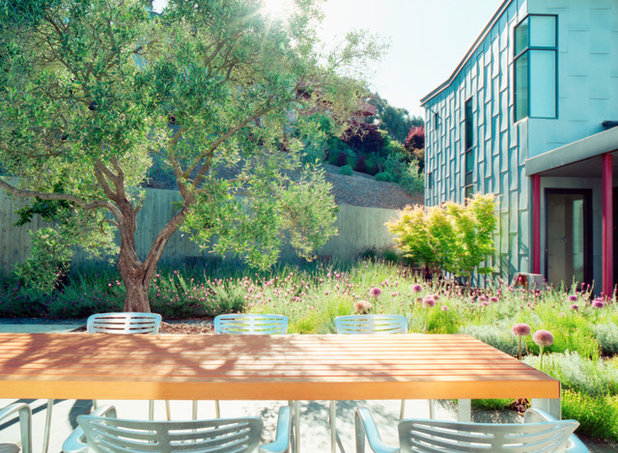
WA Design Architects
In a book titled
Last Child in the Woods, Richard Louv explores nature deficit disorder. The basic theory is that kids today are exposed to far less outdoor play, and as a result, they have less self-esteem and creativity, are unable to think outside the box or work well with others, and have a host of other physical and psychological issues from ADHD to obesity. Kids need unstructured play in nature, especially diverse nature that has a semblance of the wild and free in it. So how can we create a healthy place for developing minds in our landscapes?
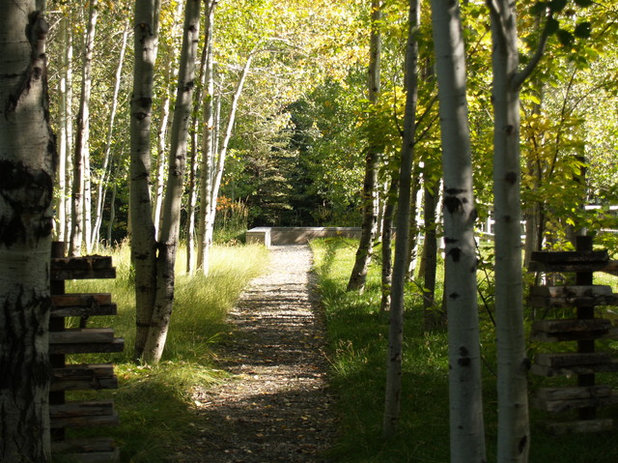
Randy Thueme Design Inc. - Landscape Architecture
1. Hint at a destination and create mystery. Twists and turns, a hidden path, a tree-lined alley, a corner hidden by shrubs — these are places tailor made for independent thinking and exploring. Where does that path go? What’s over there? Where can I go that no one will find me?
See how to design a garden that flows and intrigues
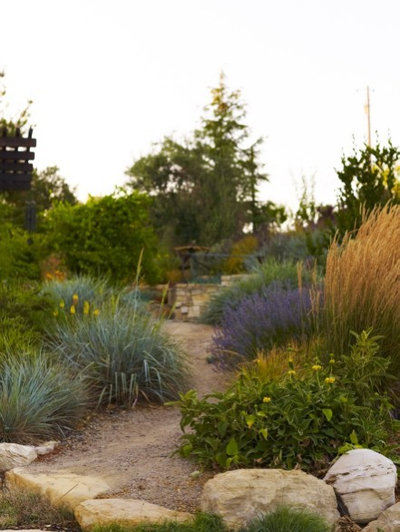
Jeffrey Gordon Smith Landscape Architecture
2. Add diverse textures and smells. The more color and leaf variety, the stronger the sense of a place where kids can connect and explore.
Place lavender, mountain mint and giant hyssop right on the path’s edge so kids brush against them. Plant grasses from low to high among the flowers. Have big leaves and small leaves, green and red and blue and yellow. Get spiky flowers like Liatris and huge disks of sunflower. Plant tall flowers and short flowers.
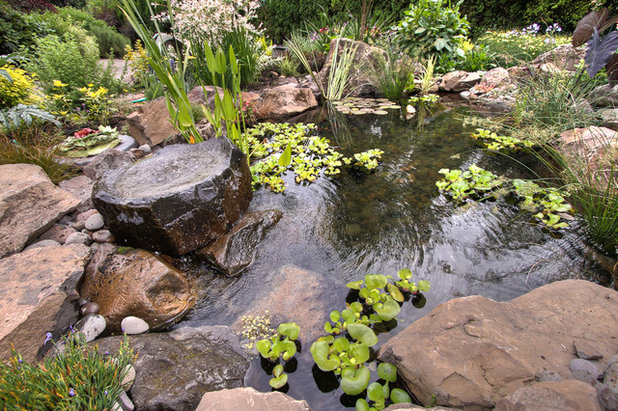
Paradise Restored Landscaping & Exterior Design
3. Create sound. A bubbling fountain or a shallow pool rippling in the wind will draw people through the garden and out of themselves. Besides, who doesn’t like to watch and then touch water? It’s the stuff of life. Get a few local turtles in there and you’re set!
I’ve read that our first sensory experiences influence all future experiences with that same sense. For example, if your first profound smell was a juniper shrub outside your grandparents’ house on the way to Sunday dinner, smelling a juniper in the future will always take you back to lazy Sunday afternoons with family over good food (true story, by the way). The same goes for touch, sound, taste and sight. Think about it: What sensory triggers do you have that bring back a strong memory?
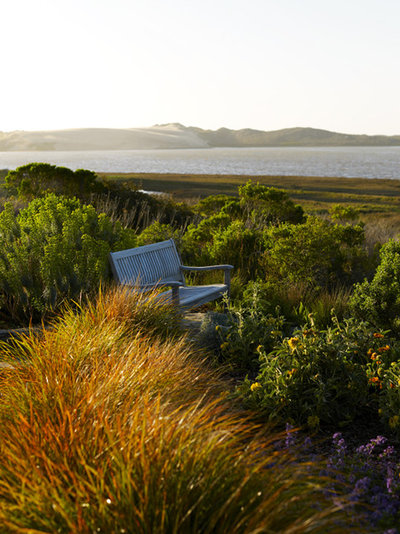
Jeffrey Gordon Smith Landscape Architecture
4. Have a place to sit. The best place to sit is among grasses and flowers, or in the dirt, but the next best place is one snuggled into the landscape. Put benches in areas of seclusion or overlooking an expanse. Create a good place in which to reflect, write in a journal and slow down by paying attention to the now.
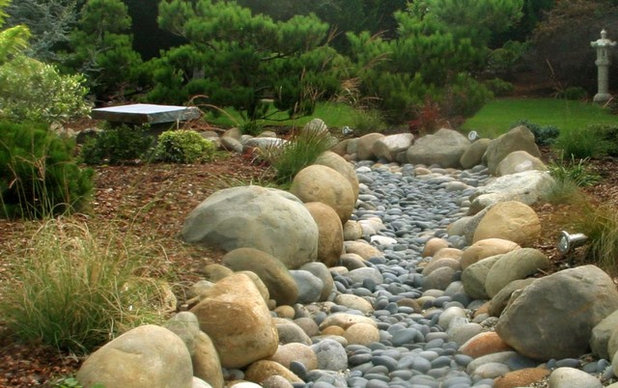
Urban Oasis
5. Add rocks. Who doesn’t like to play with rocks? Their various edges are smooth like skin or rough like teeth. Pile them up and make some garden art. Create fences. Build dry streambeds at the base of a downspout to carry water out into the garden. Rocks rock.
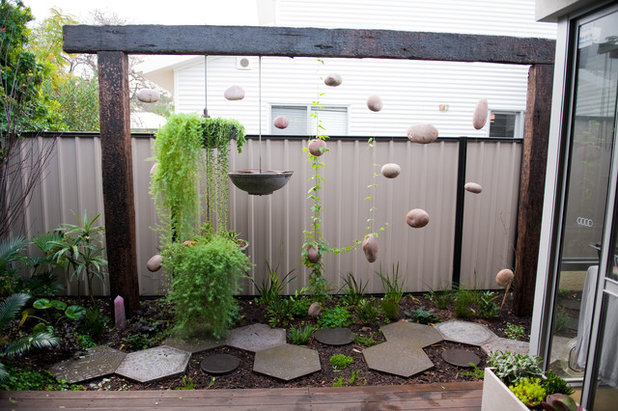
sustainable garden design perth
6. Foster the unexpected. Create a unique feature using art or vertical gardening, much like this wonderful display does. Whenever you can stoke surprise in a landscape, you create wonder and opportunity to expand expectations and challenge preconceived notions. I think any landscape designer would appreciate this.
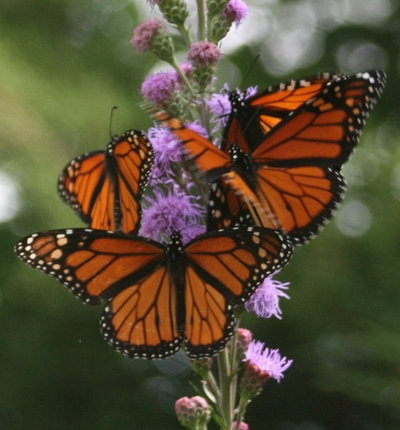
Benjamin Vogt / Monarch Gardens
7. Welcome wildlife. Coincidentally, almost all of the above will work to bring in wildlife: water, rocks, different areas of seclusion or surprise, a textured landscape with various plants and flowers. Use native plants to support the local food chain of insects and birds, and don’t spray any pesticides or other chemicals — both for nature and your young whippersnappers.
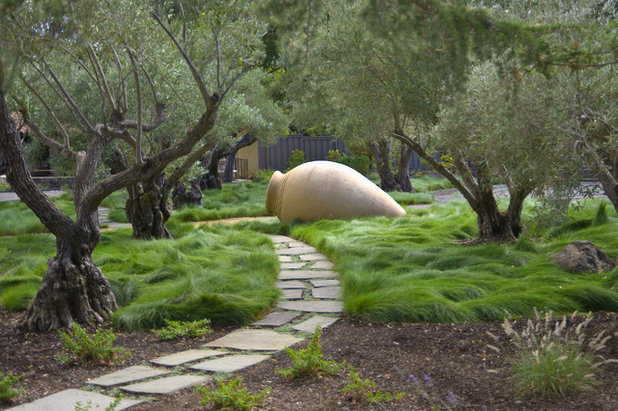
Kikuchi + Kankel Design Group
A lot of times, deep down, we want to go where kids want to go — not down a sidewalk or on an open lawn, but into the woods, to the edge of a pond, somewhere cloistered and inspiring that allows us a moment when we can get down to our deepest selves and let go of social norms.
A landscape of intrigue, distance and mystery — filled with elements that appeal to all five senses — is the surest way to rediscover a bit of ourselves, the way kids are discovering parts of themselves for the first time. Try to think about your landscape through younger eyes, and you might create a healthier world for them, yourself and nearby wildlife.
More: Rediscover Your Inner Child With a Garden Wonderland





